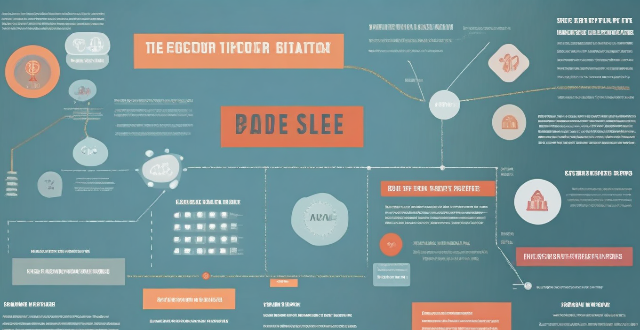Recovering from a recession is a complex process that can take several months to multiple years, depending on various factors. The initial phase involves emergency measures to stabilize the economy, followed by stabilization and early recovery phases where economic growth resumes. In the late recovery phase, the economy approaches its pre-recession trend growth rate, and in the post-recovery phase, it fully returns to its long-term growth trajectory. The actual timeline can differ significantly based on specific circumstances, but historical data suggests that past recoveries often took around 3-5 years.

How Long Does It Typically Take for an Economy to Recover from a Recession?
Recovering from a recession is a complex process that can vary significantly depending on the severity of the downturn, the policies implemented by governments and central banks, and the underlying structural factors of the economy. Here's a detailed breakdown of the typical recovery timeline:
1. Initial Phase (0-6 months)
In the initial phase, the economy is still in freefall or experiencing a sharp contraction. Governments and central banks typically respond with emergency measures such as fiscal stimulus, monetary easing, and liquidity injections to stabilize financial markets and prevent a complete collapse.
Key Points:
- Fiscal Stimulus: Government spending increases to boost demand.
- Monetary Easing: Central banks lower interest rates to encourage borrowing and investment.
- Liquidity Injections: Central banks provide funds to financial institutions to maintain market stability.
2. Stabilization Phase (6-18 months)
Once the initial shock has been mitigated, the economy begins to stabilize but remains fragile. This phase is characterized by a slowdown in the rate of decline or a modest rebound in economic activity.
Key Points:
- Reduced Uncertainty: Businesses and consumers gain confidence in the future outlook.
- Job Market Stabilization: Employment losses decelerate, but unemployment remains high.
- Cautious Spending: Households and firms remain cautious in their spending and investment decisions.
3. Early Recovery Phase (18 months - 3 years)
The early recovery phase sees the economy growing again, albeit at a slower pace than before the recession. Job creation resumes, but unemployment may still be higher than pre-recession levels.
Key Points:
- Sustained Growth: Economic indicators like GDP show consistent positive growth.
- Improved Employment: The job market improves, reducing unemployment gradually.
- Consumer Confidence: As uncertainty diminishes, consumer confidence strengthens, leading to increased consumption.
4. Late Recovery Phase (3-5 years)
In this phase, the economy approaches its pre-recession trend growth rate. Most sectors have recovered, and employment levels are close to where they were before the recession.
Key Points:
- Full Employment: Unemployment returns to its natural rate, signaling a healthy job market.
- Stronger Investment: Business investment picks up as confidence in the economy's sustainability grows.
- Normalized Interest Rates: Central banks may start to gradually increase interest rates to prevent overheating.
5. Post-Recovery Phase (5+ years)
The post-recovery phase is when the economy fully returns to its long-term growth trajectory. Any lingering effects of the recession, such as elevated debt levels or changes in industry structure, are integrated into the new normal.
Key Points:
- Complete Recovery: All economic indicators suggest a robust and self-sustaining economy.
- Policy Normalization: Fiscal and monetary policies return to more standard levels.
- Structural Changes: The economy may undergo permanent shifts in industries or business models due to the recession's impact.
Conclusion
The duration of an economy's recovery from a recession can range from several months to multiple years, depending on various factors. While historical data provides some guidance—with past recoveries often taking around 3-5 years—the actual timeline can differ significantly based on specific circumstances.